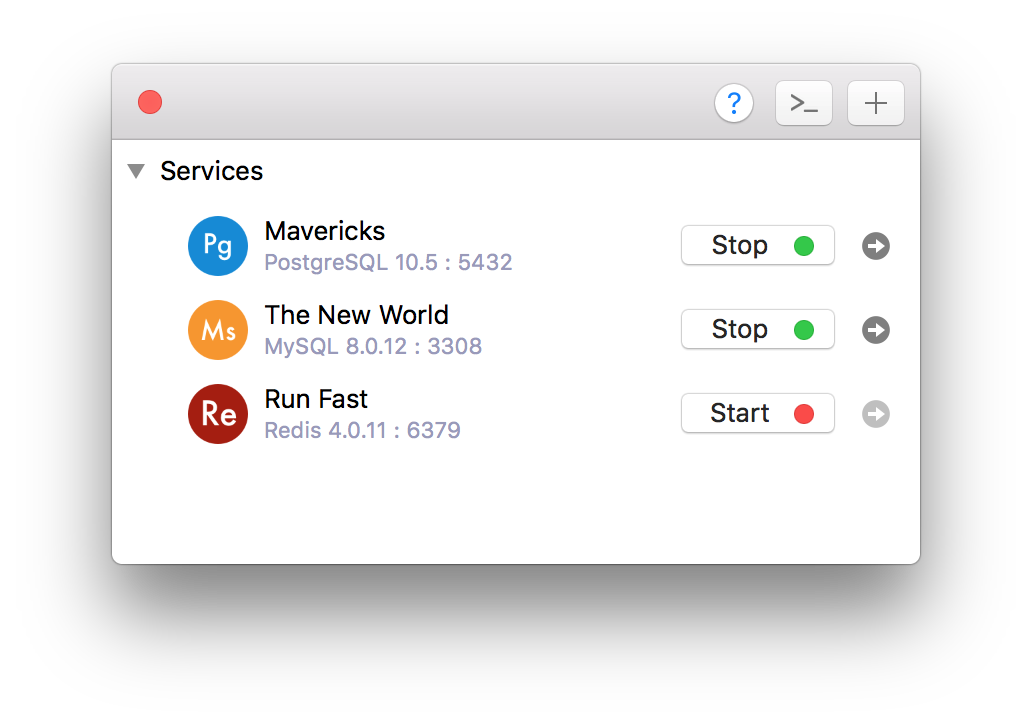- Once Homebrew is installed, you can install PostgreSQL by issuing the following commands in your terminal: $ brew update $ brew doctor $ brew install postgres The first two commands are used to update Homebrew and report any potential issues (if necessary). Then, of course, brew install postgres is the one-line command for installing PostgreSQL.
- Brew postgresql-upgrade-database This formula has created a default database cluster with: initdb -locale=C -E UTF-8 $(brew -prefix)/var/postgres.
This article was last updated on November 19, 2020
To start PostgreSQL run the following command in the Terminal. $ brew services start postgres We will get a similar output shown below. Successfully started `postgresql` (label: homebrew.mxcl.postgresql). Sep 30, 2019 This install the command line console (psql) as well as the server, if you'd like to create your own databases locally. Run the following to start the server and login to it (it basically sets up a single 'admin' user with your username, so that's who you'll be logged in as. $ brew services start postgresql $ psql postgres. Apr 16, 2018 brew install postgresql. Now to init postgresql just execute the following command: initdb /usr/local/var/postgres. Next start postgresql using services with: brew services start postgresql. See how easy brew services makes it? Postgresql now starts alongside your mac! Now let’s create a database that we want to use in our.
This is a quick guide for installing PostgreSQL (Postgres for short) on a Mac with Homebrew, and starting and stopping it with Homebrew Services. If you're working on a Ruby on Rails project that requires Postgres, this tutorial will get you up and running in no time.
The easiest way to install Homebrew, Postgres, and all the othertools necessary for Ruby on Rails development, is to run my free script that will set everything up for you.
If you prefer to do things manually and hope for the best, follow the steps below.
Step 1: Install Homebrew
Follow the instructions on their site.
Step 2: Update Homebrew
Before you install anything with Homebrew, you should always make sure it's up to date and that it's healthy:
Step 3: Install Postgres
When you install Postgres, Homebrew will provide useful information in your Terminal that you should read. Homebrew also helpfully creates a default database cluster. You can confirm that if you see the following output:

Homebrew Install Postgres
Step 5: Start the Postgres service
Brew Install Psql
At this point, you should be all set to run the Rails commands to create and use the database in your app.
Brew Postgresql Start Code
To stop Postgres:
Mac Start Postgres
To see a list of all services and their state:
